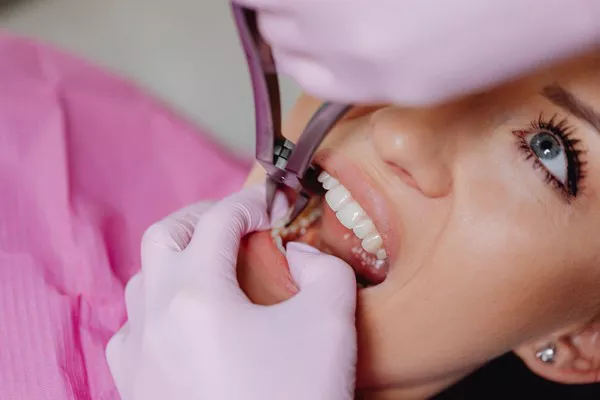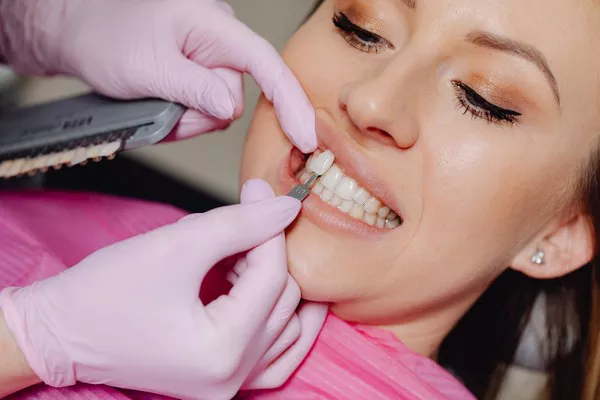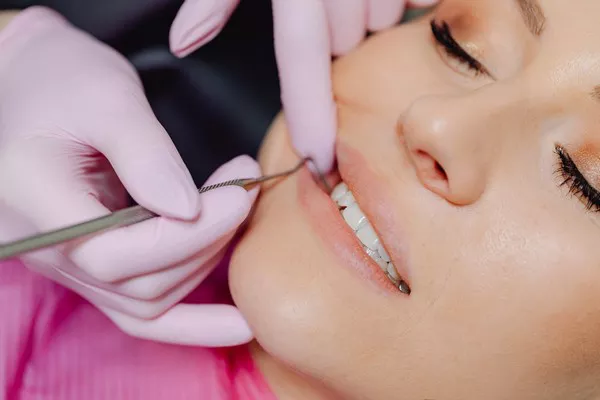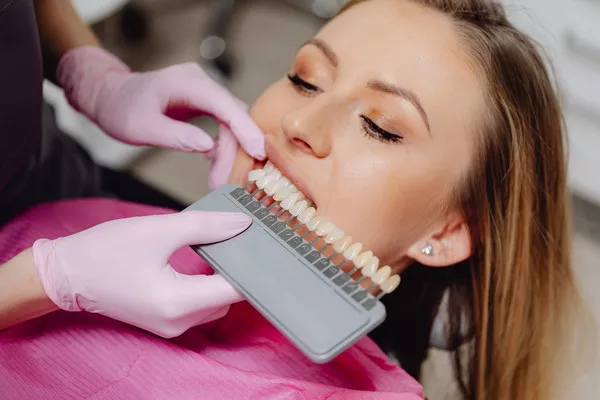Orthodontic practices rely on skilled dental assistants to perform a wide range of clinical and administrative duties. Assistants are invaluable in assisting orthodontists through procedures, managing patient care, sterilizing instruments, and ensuring smooth office operations. In an orthodontic setting, an assistant can expect to carry out important responsibilities such as:
Preparing Treatment Areas and Patients
Before patients arrive, assistants prepare work areas with the specific tools, materials, and equipment the orthodontist will need for scheduled procedures. This includes sterilized instruments like pliers, scalers, and dental mirrors. The assistant also sets up trays with materials like bonding agents, bands, or headgear. They cover work surfaces with sanitary barriers and ensure exam chairs are clean and ready for patients. Once patients arrive, assistants greet them in waiting areas, take them to exam rooms, and get them settled in chairs. Assistants also gather and review patients’ dental records before appointments.
Assisting During Orthodontic Procedures
During hands-on treatments, assistants pass necessary tools and materials to orthodontists as requested. Common items include bonding materials, mouth props, lip retractors, and prophy angles. Assistants also manipulate suction devices and evacuate saliva and debris from the patient’s mouth during the procedure. For braces adjustments and repairs, they will hand the orthodontist different brackets, bands, wires, and pliers as needed. The assistant turns on curing lights when bonding agents are applied. They also take impressions of patients’ teeth to create molds for retainers, appliances, and models. Assistants monitor patients’ comfort levels and ensure they stay relaxed.
Educating Patients on Oral Hygiene and Care
Assistants teach orthodontic patients how to properly care for their appliances, practice good oral hygiene, and manage discomfort. For newly-braced patients, they explain how to brush and floss carefully around brackets and wires. Assistants review what foods to avoid and demonstrate cleaning techniques for retainers. They provide instructions on using oral pain relievers, dental wax, and orthodontic relief products. Assistants answer any other questions patients have about adjusting to braces or retainers.
Managing Inventory and Ordering Supplies
Assistants track inventory levels of all orthodontic tools, devices, and consumable materials. This includes wires, brackets, bands, bonding agents, mouthguards, elastics, impression materials, and surgical tools. When stock runs low, they place orders with vendors to replenish supplies and ensure items are always in stock for orthodontic procedures. Assistants also submit supply orders for office necessities like sanitizing solutions, protective equipment, and administrative items.
Sterilizing Instruments and Disinfecting Areas
To prevent infections, assistants follow sterilization and disinfection protocols for all instruments, tools, and work spaces. They thoroughly cleanse and rinse instruments before placing them into sterilizing machines like autoclaves. Assistants also wipe down chairs, counters, lights, and other surfaces between patients using antimicrobial wipes and solutions. They change out barrier coverings on exam chairs and dispose of used suction tips and other consumables. Meticulous sterilization of the clinical space and tools is a core orthodontic assistant duty.
Supporting Billing, Scheduling, and Records
On the administrative side, dental assistants manage patient records in digital filing systems. This includes treatment plans, dental impressions and molds, photos, and radiographs. They schedule appointments in coordination with the orthodontist’s availability and patient needs. Assistants collect financial payments, process insurance claims, and handle billing. They provide appointment reminders and other follow-up communications to patients by phone or email. Maintaining well-organized records and accurate bookkeeping are important facets of an assistant’s role.
Communication and Coordination
Assistants serve as a key point of contact for patients throughout treatment, addressing concerns and answering all orthodontic questions thoroughly. They also keep the orthodontist informed about scheduled patients, inventory needs, or operational issues requiring attention. Effective communication and coordination between assistants, patients, and providers ensures top-quality care and a smooth-running practice.
Conclusion
As these examples illustrate, orthodontic assistants perform numerous clinical, administrative, and interpersonal duties that keep practices running efficiently while delivering excellent patient care.
Related Topics:































